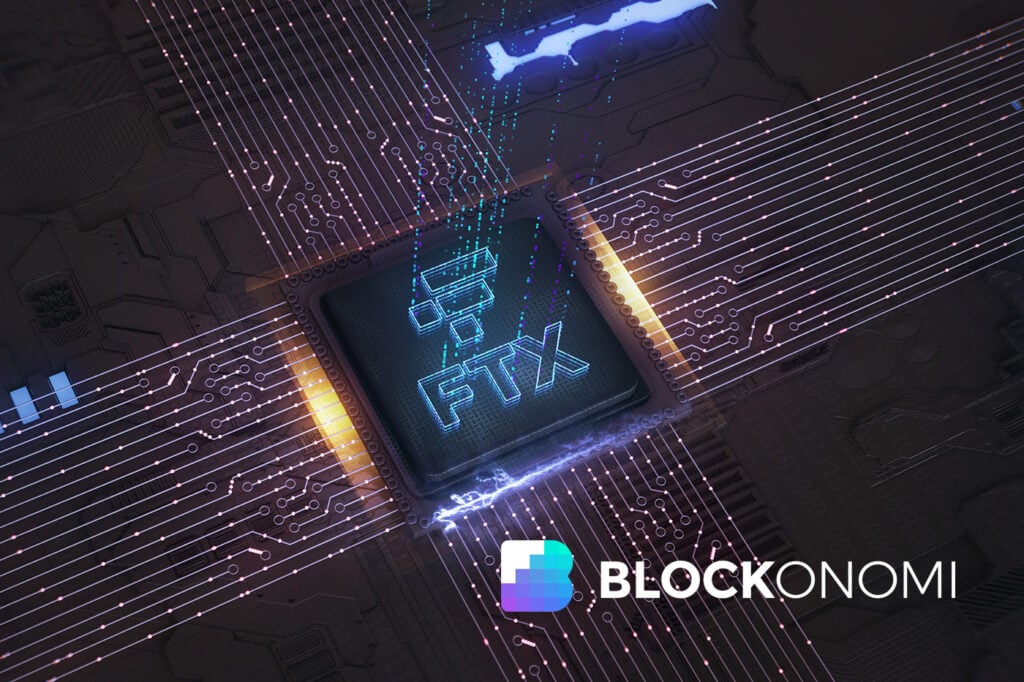The bankrupt cryptocurrency exchange FTX has updated its filing in an effort to seek regulatory approval for a token sale. The amendment followed the recent speculation about FTX’s plan to sell a massive amount of its crypto assets to pay off debt earlier this month.
As part of the original plan, FTX sought a regulatory green light to sell $100 to $200 million worth of its crypto assets per week. The proposal could be one of the forces behind the crypto market’s recent plunge.
The potential sale sparked concerns not only among investors but also the regulators. The U.S. Trustee initially advocated for widespread disclosure of any intention to sell BTC or ETH to ensure transparency and allow others to voice objections.
Jump Ahead To:
FTX is Back?
With the latest updates, FTX has now committed to maintaining confidential communication with the U.S. Trustee while also keeping relevant creditor committees informed.
However, the exchange hasn’t shifted the plan to avoid publicly announcing its cryptocurrency transactions in advance, even though these transactions can significantly impact the cryptocurrency market.
According to the filing on September 11, as of August 31, the exchange’s holding was worth approximately $7 billion, including digital assets and real estate. Category A tokens with high liquidity account for $3.4 billion. These include Solana (SOL), Bitcoin (BTC), Ethereum (ETH), Aptos (APT), Tether (USDT), and Ripple (XRP).
In addition to Category A tokens, FTX holds over $900 million in Category B tokens, which are tokens below the liquidity threshold. These include Serum (SRM), Blur (BLUR), and Oxygen (OXY), among others.
The exchange expects the court’s ruling this week. Additionally, to avoid drastic price drops, FTX intends to use Galaxy Digital to conduct the sale. Interestingly, most cryptocurrencies have a higher value compared to October 2022, when FTX filed for bankruptcy.
FTX Highlights: Former CEO and Revival Plan
FTX’s revival plan has reportedly been underway since the company’s CEO, John Ray, previously hinted at the possibility of rebranding the exchange. In March, several FTX users received notification emails that detailed their account balances at the time of the exchange’s bankruptcy.
The exchange later was reportedly in discussions with several investors to prepare for FTX 2.0. In April, the exchange said it recovered $7,3 billion in April. However, the restructuring plan was met with skepticism, especially considering the substantial number of creditors involved and the reputation of FTX following the collapse.
The potential return has generated many discussions in the crypto community, with many members referring to it as a positive development for the market. Despite this optimism, a prevailing sense of doubt still persists. Some observers remain wary, perceiving the revival of FTX as an audacious endeavor, primarily due to the crisis of trust within the community.
Previously valued at a staggering $32 billion, FTX was once the world’s leading cryptocurrency exchange and a major rival to Binance and Coinbase. Its rapid growth contributed significantly to Sam Bankman-Fried’s billionaire status. However, the exchange declared bankruptcy on November 11, 2022, amid a major setback.
FTX’s fallout triggered a ripple effect on numerous associated ventures. Sam Bankman-Fried, the former CEO of the exchange, is currently facing a total of eight charges, predominantly centered around allegations of fraud and financial schemes. The trial is scheduled to take place in October with a maximum sentence of life imprisonment.
Former FTX executive Ryan Salame recently pleaded guilty to two criminal charges and faced a maximum of 10 years behind bars. As part of the resolution, Salame is set to reimburse FTX’s creditors with an amount exceeding $5 million and contribute to a $6 million settlement.
While the company seems to be emerging from the storm, the fate of SBF is another story. He may not be as lucky as the exchange.
The post FTX Updates Filing to Seek Token Sale Approval appeared first on Blockonomi.

